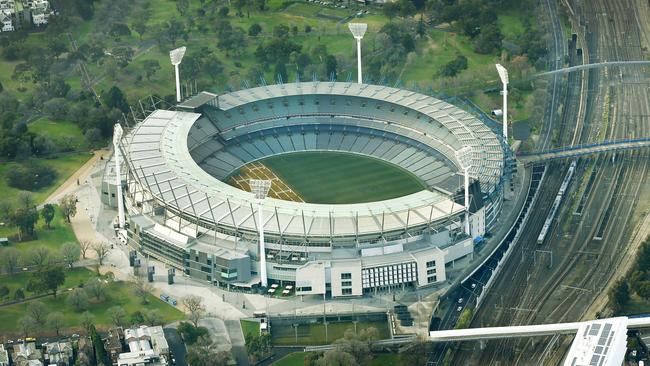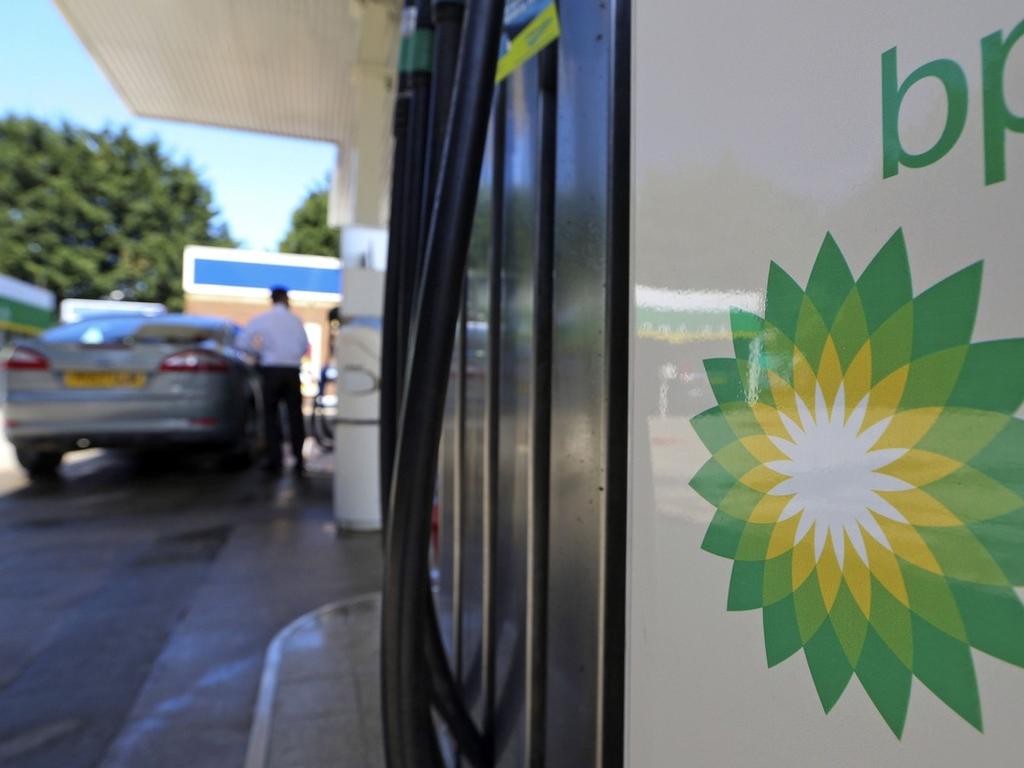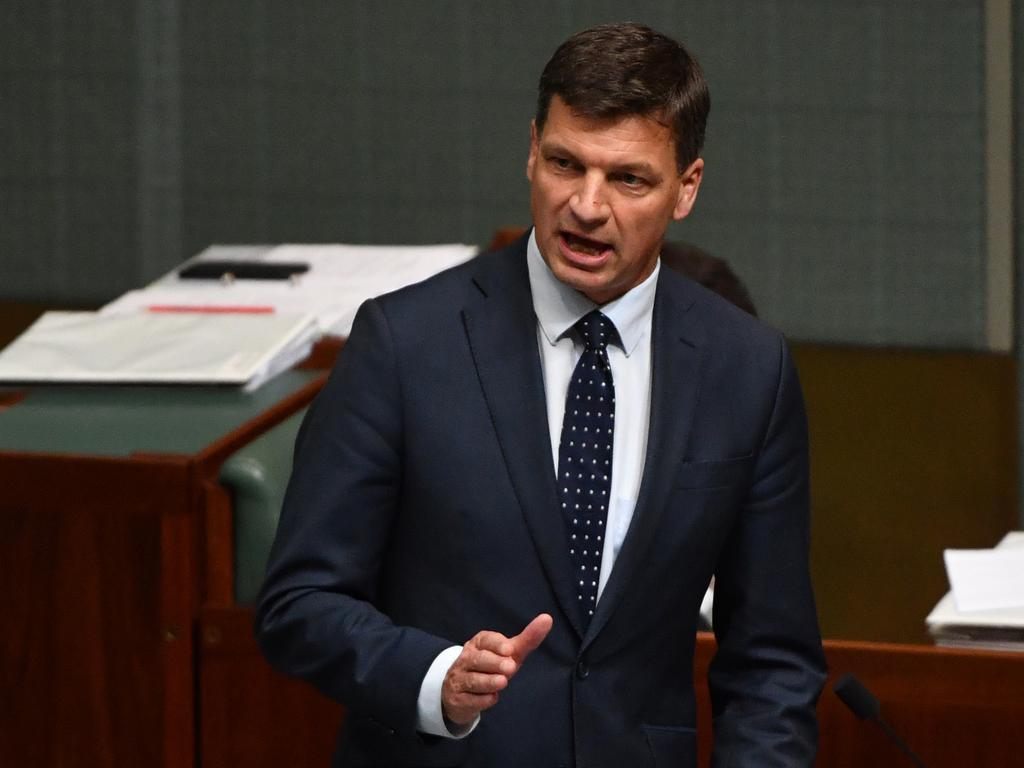Billions going to waste unless nation taps energy projects
A looming waste crisis provides an opportunity to unlock about $14bn over the next decade for waste-to-energy projects.

The nation’s looming waste crisis provides a once-in-a-generation opportunity to unlock about $14bn in private investment over the next decade for waste-to-energy projects, a report says.
The study, “Putting Waste to Work: Developing a Role for Energy From Waste”, commissioned by Infrastructure Partnerships Australia and to be released on Tuesday, found greater energy recovery from waste could help divert 13.7 million tonnes of landfill each year by 2030 and reduce emissions by up to 5.2 million tonnes of carbon dioxide-equivalent each year.
The federal Department of Environment and Energy previously estimated that a 5 per cent increase in material efficiency in the disposal of waste could add $24bn (or 1.5 per cent) to the GDP and increase consumption by $14.8bn annually. The new IPA report outlines five recommendations to support the rollout of energy recovery facilities in the post COVID-19 world and unlock close to $14bn in private investment by 2030, including establishing a national energy market for energy from waste.
“Every year we throw away the equivalent of 52 Melbourne Cricket Grounds of rubbish, and much of it goes to landfill — that’s a massive missed opportunity to do better,’’ Infrastructure Partnerships Australia chief executive Adrian Dwyer said.
“Energy from waste has been used for decades around the world to divert non-recyclable waste from landfill, reduce emissions, and produce energy, yet Australia has been slow off the mark in harnessing a role for technology.
“Energy recovery is the missing piece in both the waste and energy puzzles, and it needs greater consideration by governments.’’
The Council of Australian Governments agreed last year to work on a timetable to ban the export of plastic waste and other recyclable waste such as paper, glass and old tyres after China effectively banned imports. The ban starts with glass on July 1.
“With a major waste export ban coming into effect within weeks, time is running out for governments to avoid a waste crisis on our doorstep,” Mr Dwyer said.
The report calls on governments to define a role for energy from waste through their recycling and waste management plans and strategies and says they should establish a social licence for energy from waste operations by engaging communities openly on the benefits of advanced forms of waste processing and addressing any concerns.
The IPA also wants governments, through the National Federation Reform Council, to develop nationally consistent guidelines for the development of energy from waste projects and to adopt EU emissions standards for such facilities.
The council process can also help establish a national market for energy from waste, including nationally consistent regulations for feedstock and the development of market opportunities for by-products.
Waste-to-energy refers to a process of converting residual or non-recyclable waste into sources of energy including heat, fuel and electricity.
The waste is converted into a gas that is then used to heat water into steam and drive a turbine to produce electricity. The Pratt family’s Visy Group has invested $150m in clean energy, including waste-to-energy plants in NSW and Victoria, since 2001.
While waste-to-energy technologies are common methods of rubbish disposal in Europe, Asia and the Middle East, Australia has been slow to embrace them due to the low cost of landfill and environment concerns.
A group called Zero Waste Victoria has applied to the Victorian Civil and Administrative Tribunal to appeal against the Environmental Protection Authority’s recent approval of a $150m waste-to-energy plant at Laverton, west of Melbourne, being built by a firm called Recovered Energy Australia.





To join the conversation, please log in. Don't have an account? Register
Join the conversation, you are commenting as Logout